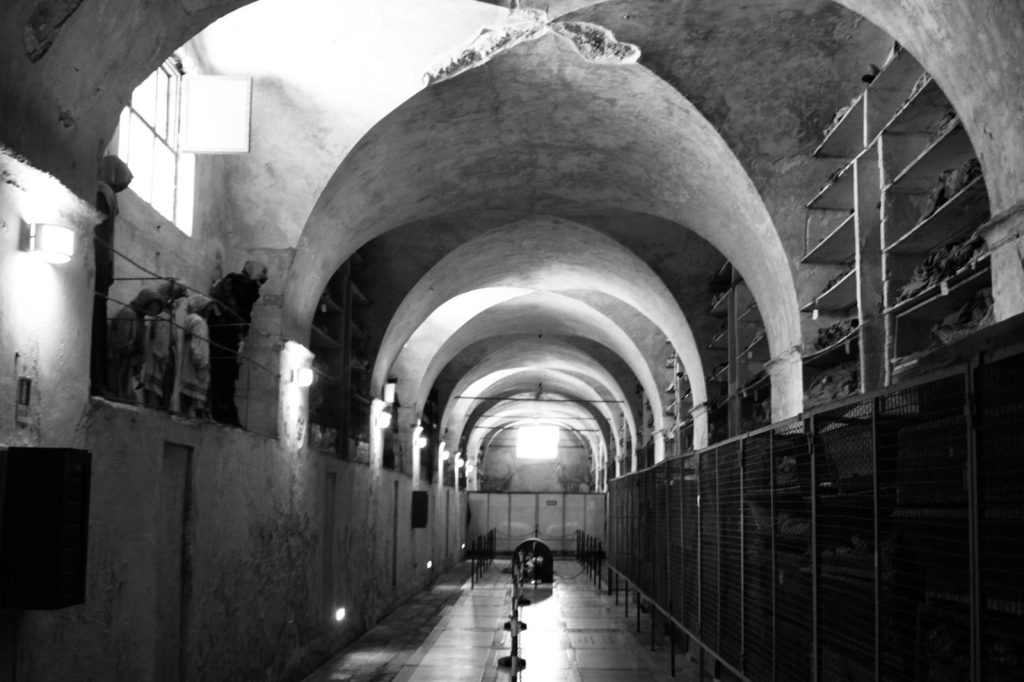The Corridors
The mummies were arranged throughout the corridors by profession, sex and social status.
The Origins
Le Catacombe dei Cappuccini sorsero come luogo di sepoltura dei frati del convento ed il loro attuale sviluppo è frutto del caso.
The Techniques
Most of the bodies found in the Catacombs of Palermo were preserved naturally.
